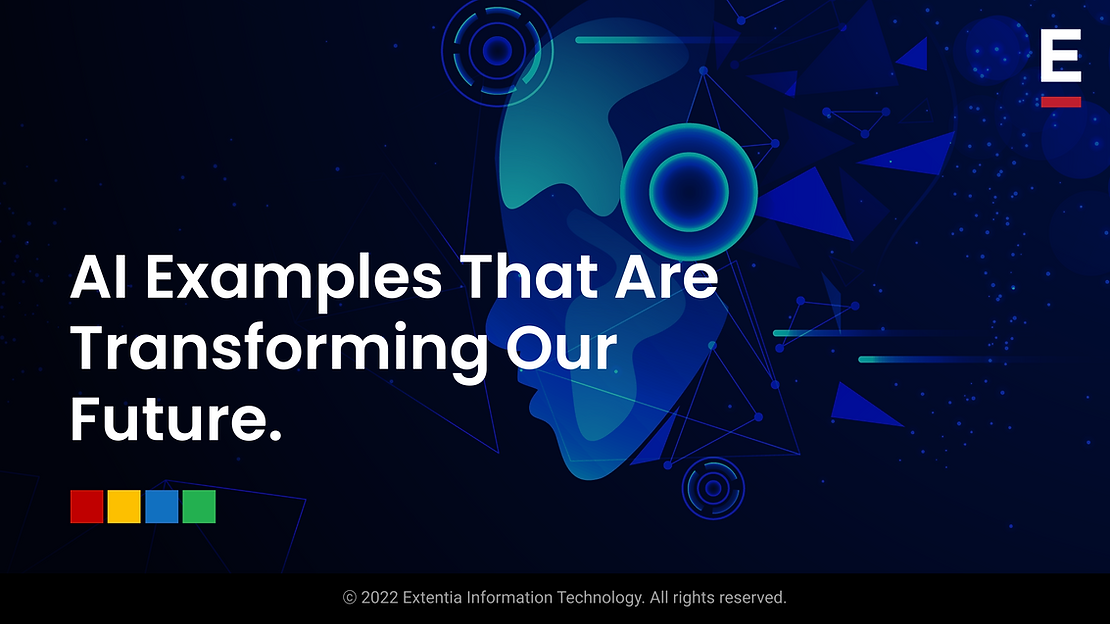While the cloud presents unparalleled opportunities for innovation and growth, it also introduces complexities that, if left unchecked, can lead to unexpected financial burdens. Without proper understanding and management, cloud costs can spiral out of control, leading to budget overruns and hindering the true benefits of cloud computing.
In this blog post, we will delve into the critical factors driving cloud costs and explore strategies to optimize expenditure while maximizing the advantages of the cloud.
Why is Cloud Cost Control So Difficult?
Despite the promising benefits of cloud technology, managing and optimizing cloud costs can take time and effort. Several factors contribute to the complexity of cloud cost control, making it a persistent challenge for businesses.
The dynamic and elastic nature of cloud resources can lead to cost inefficiencies if not carefully managed. Balancing the fine line between right-sizing resources and auto-scaling based on actual demand is essential to avoid overprovisioning and unnecessary expenses. Additionally, the lack of visibility into cloud usage and decentralized resource governance makes it difficult to identify areas of overspending, hindering effective cost optimization efforts.
The complexity of cloud service pricing models, including pay-as-you-go, reserved instances, spot instances, and savings plans, adds another layer of difficulty to cloud cost control. Choosing the most cost-effective pricing model for various workloads requires a deep understanding of application requirements and usage patterns. Moreover, cloud costs are influenced by multiple factors beyond computing resources, such as data storage, data transfer, networking, and additional services. This multifaceted nature makes it challenging for organizations to identify precise areas for cost optimization.
Digging Deeper into the Cloud Cost Drivers
1. Cloud Service Pricing Models:
Cloud service providers offer various pricing models to cater to the diverse needs of businesses and applications. Understanding these pricing models is essential for making informed decisions about resource allocation and achieving optimal cost efficiency. Let’s explore the most common cloud service pricing models in detail,
- Pay-as-You-Go (PAYG)
This model is the most dominant pricing model in cloud computing. With PAYG, organizations pay for the resources they use hourly or per minute without any upfront commitments or long-term contracts. This flexibility allows businesses to scale resources up or down based on real-time demand, making it ideal for applications with unpredictable workloads or those undergoing rapid growth. However, while PAYG offers agility and cost-effectiveness for variable workloads, there may be more cost-efficient options for steady-state or predictable workloads. - Reserved Instances (RIs)
These provide cost savings in exchange for a commitment to use specific resources for a predetermined period, typically one to three years. By making this upfront commitment, organizations receive a significant discount compared to the pay-as-you-go rates. RIs are best suited for applications with steady and predictable workloads, ensuring stable performance and lowering costs over time. However, businesses must carefully analyze their usage patterns and select the appropriate type of Reserved Instance (e.g., standard, convertible, or scheduled) to maximize cost savings and avoid underutilization. - Spot Instances
They offer the most substantial cost savings among all pricing models, but there’s a catch. The pricing for Spot Instances is determined by supply and demand dynamics, and the cost can fluctuate significantly. Organizations bid on unused cloud resources; they gain access if they exceed the current spot price. While Spot Instances can be highly cost-effective, they are best suited for fault-tolerant, non-critical applications that can handle interruptions and are not time-sensitive. If the spot price rises above the bid price, the instance may be terminated with little warning. - Savings Plans
These combine the flexibility of pay-as-you-go with the cost savings of Reserved Instances. Unlike RIs, Savings Plans do not require a specific commitment to a particular instance type, family, or operating system. Instead, they provide a discount on the PAYG rate in exchange for a financial commitment over one to three years. This offers businesses more flexibility while still enjoying cost savings. Savings Plans are well-suited for applications with variable workloads that don’t fit the traditional RI model. - On-Demand Instances
These are the most straightforward pricing models, where organizations pay the full price for resources with no upfront commitment or long-term contract. While this model lacks the cost benefits of RIs or Savings Plans, it provides maximum flexibility, making it suitable for short-term projects, applications with unpredictable workloads, or as a starting point for testing and development. - Preemptible Instances
These are offered at significantly discounted prices compared to on-demand instances. However, unlike spot instances, preemptible instances have a fixed price and do not fluctuate based on supply and demand dynamics.
The key difference is that preemptible instances have a predefined maximum runtime, usually ranging from a few minutes to 24 hours, and can be terminated by the cloud provider with little notice when resources are needed elsewhere. As a result, preemptible instances are most suitable for short-term, fault-tolerant, and stateless workloads that can handle interruptions gracefully and don’t require long-running tasks. However, critical or time-sensitive applications should not rely solely on preemptible instances due to the potential for instance termination.2. Resource Allocation and Usage PatternsOften, organizations fall into the trap of overprovisioning resources to ensure continuous performance, leading to unnecessary expenses. By implementing right-sizing strategies, businesses can accurately match resource allocations with actual application needs, eliminating wasteful spending and maximizing cost efficiency without compromising performance. Additionally, leveraging auto-scaling capabilities allows dynamic adjustments of cloud resources based on real-time demand, ensuring optimal resource utilization during peak usage and cost savings during periods of lower activity.
3. Data Transfer and Storage CostsData transfer and storage costs are essential considerations when managing cloud expenses. Frequent and large-scale data transfers can quickly add significant costs for businesses with data-intensive applications or users across various locations. To reduce these expenses, optimizing data transfer patterns, avoiding unnecessary data transfers, and taking advantage of content delivery networks (CDNs) that bring data closer to users, thus reducing long-distance transfers.Moreover, businesses should regularly assess their storage needs by eliminating redundant or outdated data to free up space and decrease costs. Additionally, selecting the appropriate storage class based on data access frequency and retrieval time requirements can help further optimize storage expenses.
4. Network and Bandwidth CostsIT users should consider Network and bandwidth costs as significant components of Cloud Cost Optimization. For organizations with high data traffic or data-intensive applications, these costs can become a substantial portion of their cloud expenses. Reducing these expenses is easier if businesses optimize data traffic, reduce unnecessary data transfers, and adopt efficient data compression techniques. Additionally, considering the location of cloud servers can minimize data travel distances and lower bandwidth expenses.The scalability and convenience provided by the cloud can result in increased network and bandwidth costs during peak usage periods. To manage these costs, organizations can leverage auto-scaling capabilities to adjust resources based on real-time demand automatically. This ensures that network resources are optimally utilized during periods of high traffic and scaled down when demand decreases.
5. Third-party Services and Add-onsIn the cloud ecosystem, third-party services and add-ons present businesses with various functionalities and features to enhance their applications. These services can include specialized databases, security solutions, analytics tools, and more. Implementing unnecessary or redundant third-party services can lead to inflated cloud expenses without providing tangible advantages. Regular reviews and audits of third-party service usage are essential to maintain optimal cloud cost control. By closely monitoring the utilization of these services, businesses can identify any subscriptions that need to be fully utilized or may have become obsolete over time. This proactive approach allows organizations to make informed decisions about continuing, modifying, or terminating specific subscriptions, leading to potential cost savings and a streamlined cloud cost structure.Understanding and effectively managing cloud cost drivers are crucial for budget control and unlocking cloud resources’ true value. The challenges in cloud cost control arise from the dynamic nature of the cloud, complex pricing models, lack of visibility, and the multifaceted factors influencing costs.
We believe that with a well-crafted Cloud Cost Optimization strategy, organizations can navigate the complexities of cloud cost drivers, optimize their cloud spending, and drive innovation while staying within their budgetary constraints. To learn more about these strategies, stay tuned to our next blog post from the series!




